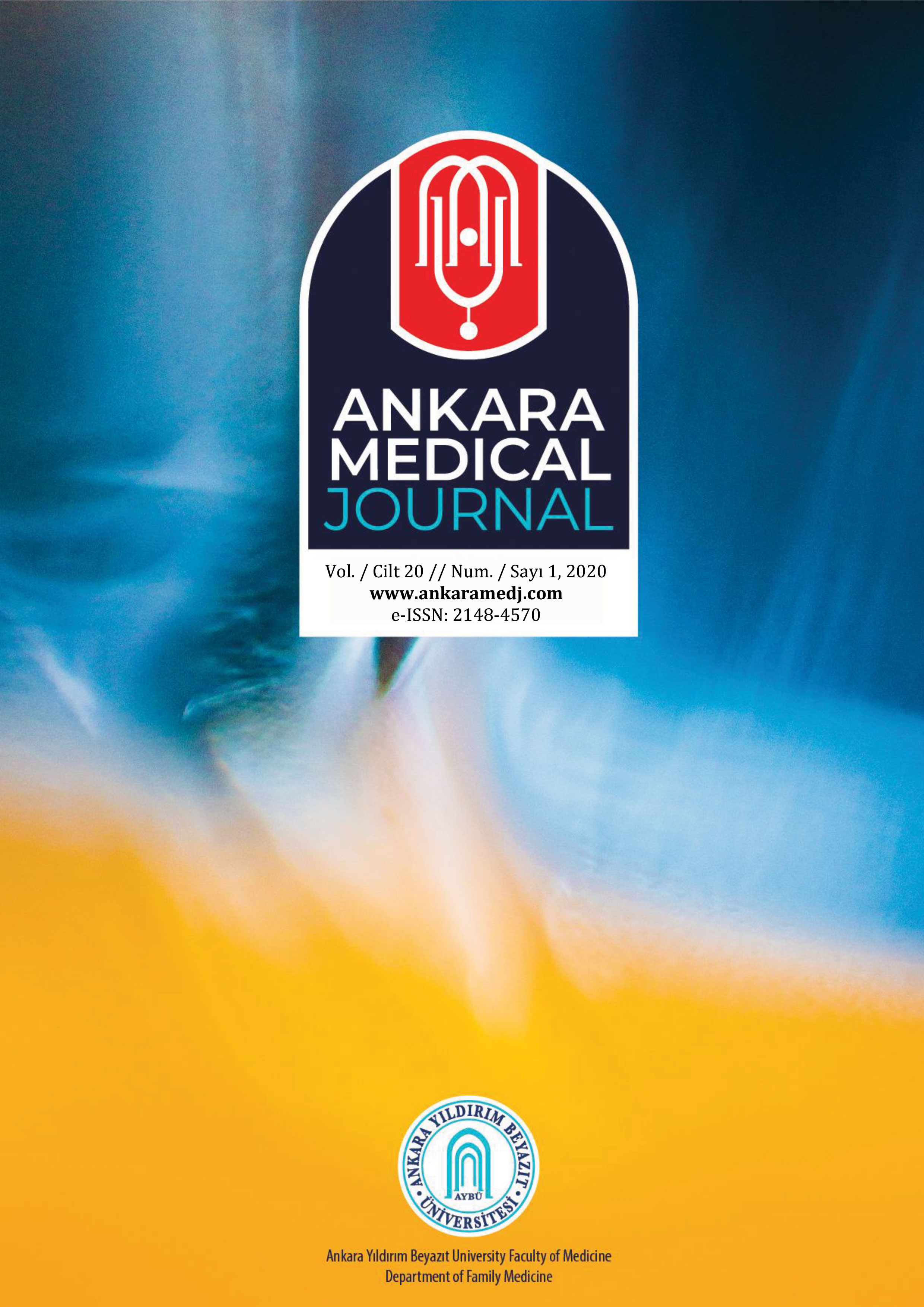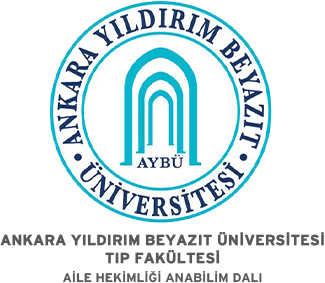Suriyeli mültecilerde HPV insidansı ve servikal smear sonuçlarının değerlendirilmesi
Murat Alan1, Muhammet Ali Oruç2, Nisel Yılmaz1, Hakkı Aytaç3, Muzaffer Sancı1, Yasemin Alan31Sağlık Bilimleri Üniversitesi Tepecik Eğitim Araştırma Hastanesi2Ahi Evran Üniversitesi Aile Hekimliği Abd
3İzmir Büüykşehir Belediyesi Eşrefpaşa Hastanesi
GİRİŞ ve AMAÇ: Çalışmamızın amacı, jinekoloji onkoloji polikliniğine başvuran Suriyeli kadınlarda HPV oranını saptamak, servikal patolojileri tespit etmektir.
YÖNTEM ve GEREÇLER: Jinekoloji Onkoloji Polikliniğine Ocak 2014 ile Eylül 2018 tarihleri arasında başvuran 659 Suriyeli göçmen hasta çalışmaya dahil edildi. Gebe olanlar, histerektomi operasyonu geçirenler, HPV aşı öyküsü olanlar çalışma dışı bırakıldı. Hastaların demografik verileri [yaş, sosyoekonomik düzey, eğitim durumu, sigara alışkanlığı, parite, ilk ilişki yaşı, vücut kitle indeksi (BMI)] ve klinik bilgileri (servikal smear, HPV genotip ve servikal biyopsi sonuçları) değerlendirildi. Verilerin istatistiksel analizleri yapıldı. İstatistiki anlamlılık düzeyi p<0,05 olarak kabul edildi.
BULGULAR: Çalışma süresi boyunca, kliniğimize çalışma kritelerimizi sağlayan toplam 659 Suriyeli kadın hasta başvurdu. Çalışmaya alınan Suriyeli göçmen hastaların yaş ortalamaları 25,13±4,20, %23,60sının 18 yaş öncesi evlendikleri, %73,50si lise ve üzeri öğrenim düzeyinde olduğu tespit edildi. Suriyeli göçmen kadınların (35/659) %5,30unde HPV DNA pozitifliğine rastlandı. Çalışmamızda HPV 16 (8/35) %22,80; HPV 18 (6/35) %17,60; diğer yüksek riskli HPV tipleri %59,60 oranında görüldü. Hastaların (643/659) %97,60ınde smear sonucu normal; (9/659) %1,40ında ASCUS; (2/659) %0,30unda ASCH; (4/659) %0,60ında LSIL; (1/659) %0,10unda HSIL mevcuttu.
TARTIŞMA ve SONUÇ: Suriyeli hastalarda bulunan HPV oranları ülkemizdeki kadınlara benzer orandaydı ve en sık bulunan tipler HPV 16 ve 18 dışındaki tiplerdi. Ülkemizde, Suriyeli göçmen kadınların daha uzun sürede kalacakları düşünüldüğünde zaten büyük sıkıntılar çeken bu hastalara daha etkin servikal kanser tarama programları yapılması ve aşılama hakkındaki bilgi eksikliklerini giderilmesi gerekmektedir.
Evaluation of HPV incidence and cervical smear results in Syrian refugees
Murat Alan1, Muhammet Ali Oruç2, Nisel Yılmaz1, Hakkı Aytaç3, Muzaffer Sancı1, Yasemin Alan31Department Of Obstetrics And Gynecology, Universty Of Health Sciences Tepecik Education And Research Hospital, İzmir, Turkey;2Department Of Family Medicine, Faculty Of Medicine, Ahi Evran University, Kirsehir, Turkey
3Department Of Obstetrics And Gynecology, İzmir Metropolitan Municipality Eşrefpaşa Hospital, İzmir, Turkey
INTRODUCTION: The aim of this study was to determine the rate of HPV and cervical pathologies in Syrian women admitted to the gynecology-oncology outpatient clinic.
METHODS: 659 Syrian refugee patients admitted to the gynecology oncology outpatient clinic between January 2014 and September 2018 were included in the study. Pregnant women, women who underwent a hysterectomy, and those with a history of HPV vaccine were excluded from the study. Demographic data [age, socioeconomic status, educational status, smoking habits, parity, age of first intercourse, body mass index (BMI)] and clinical information (cervical smear, HPV genotype and cervical biopsy results) of the patients were evaluated. The statistical significance level was accepted as p <0.05.
RESULTS: During the study period, a total of 659 Syrian women who meet our study criteria admitted to our clinic. The mean age of Syrian patients included in the study was 25.13 ± 4.20 years, 23.60 % were married before the age of 18, and the educational status of 73.50% of patients were at high school and above. HPV DNA positivity was found in 5.30% (35/659) of the Syrian refugee women. In our study, HPV 16 was found in 22.80% (8/35); HPV 18 was positive in 17.60% (6/35); and other high-risk types were seen in 59.60% of patients. 97.60% of the patients (643/659) had normal smear results, while 1.40% (9/659) had ASCUS; 0.30% (2/659) had ASCH; 0.60% (4/659) had LSIL; and HSIL was present in 0.10% (1/659) of patients.
DISCUSSION AND CONCLUSION: The rate of HPV in Syrian patients was similar to women in our country, and the most common (except HPV 16 and 18) are other types of high-risk HPV. Considering that the Syrian citizens will stay in our country for a longer period of time, more effective cervical cancer screening programs should be applied to the Syrian women who have already suffered from great difficulties and the information deficiencies about vaccination must be eliminated.
Makale Dili: İngilizce
(1221 kere indirildi)





